The Problem
The high cost of current boat detection systems has prevented widespread adoption of the technology. Without boat detection technology, ecological damage from unrestricted boat activity and encroachment on marine protected areas goes undetected.
"Protected areas in the ocean, unlike a forest patch, are far more difficult to manage and face increasing challenges, especially as they expand to enforce boundaries and policies with no observable boundaries and or protective barriers to the sea" (Conservation X Labs Open Challenge, Hackaday Prize 2020).
The Solution
A low-cost, easy-to-manufacture device that agencies and individuals can use to detect boat traffic in aquatic environments. Users can then analyze the collected traffic data to either develop new protection strategies or understand how boat traffic levels trend with other changes in an aquatic environment.
Hackaday Prize 2020 Judging Criteria
i. Concept. BoatDetect delivers boat detection technology at a price point below any commercially available solution. Until now, many agencies and individuals could not afford a solution to monitor boat activity in aquatic environments.
ii. Design. The open-source release of all design documents will encourage users to make modifications as needed and share design improvements with the community. Significant design efforts and milestones are documented in the "Project Logs". A user manual will provide instruction on operating procedure, safety hazards, maintenance, and troubleshooting.
iii. Production. The BoatDetect design uses common off-the-shelf components and widely accessible manufacturing techniques to ensure others can easily construct the device. An assembly manual will guide users step-by-step through the assembly process.
iv. Benchmark. The BoatDetect device is not like the vessel detection systems available today. It is a unique balance of low level detection capabilities and cost. It provides agencies and individuals a previously unattainable level of vessel detection capability at a cost of less than $40 USD.
v. Communication. All significant project efforts have been documented on the OpenFluidWarmer Hackaday.io project page so others can quickly become familiar with the current design and the processes used to develop it.
Product Design Requirements
- less than $40 in material costs
- assemble in less than two hours
- at least four weeks of continuous operation between battery charges
- tamper proof
- low ecological impact of installation
- detect boat traffic within a 5m or greater radius from the device
- visual indicator of device location at water surface
Development Stages
- System architecture development and cost study, complete
- Piezo microphone boat detection proof-of-concept, in progress
- Breadboard prototype, complete
- Field prototype build
- Field prototype testing
 John Opsahl
John Opsahl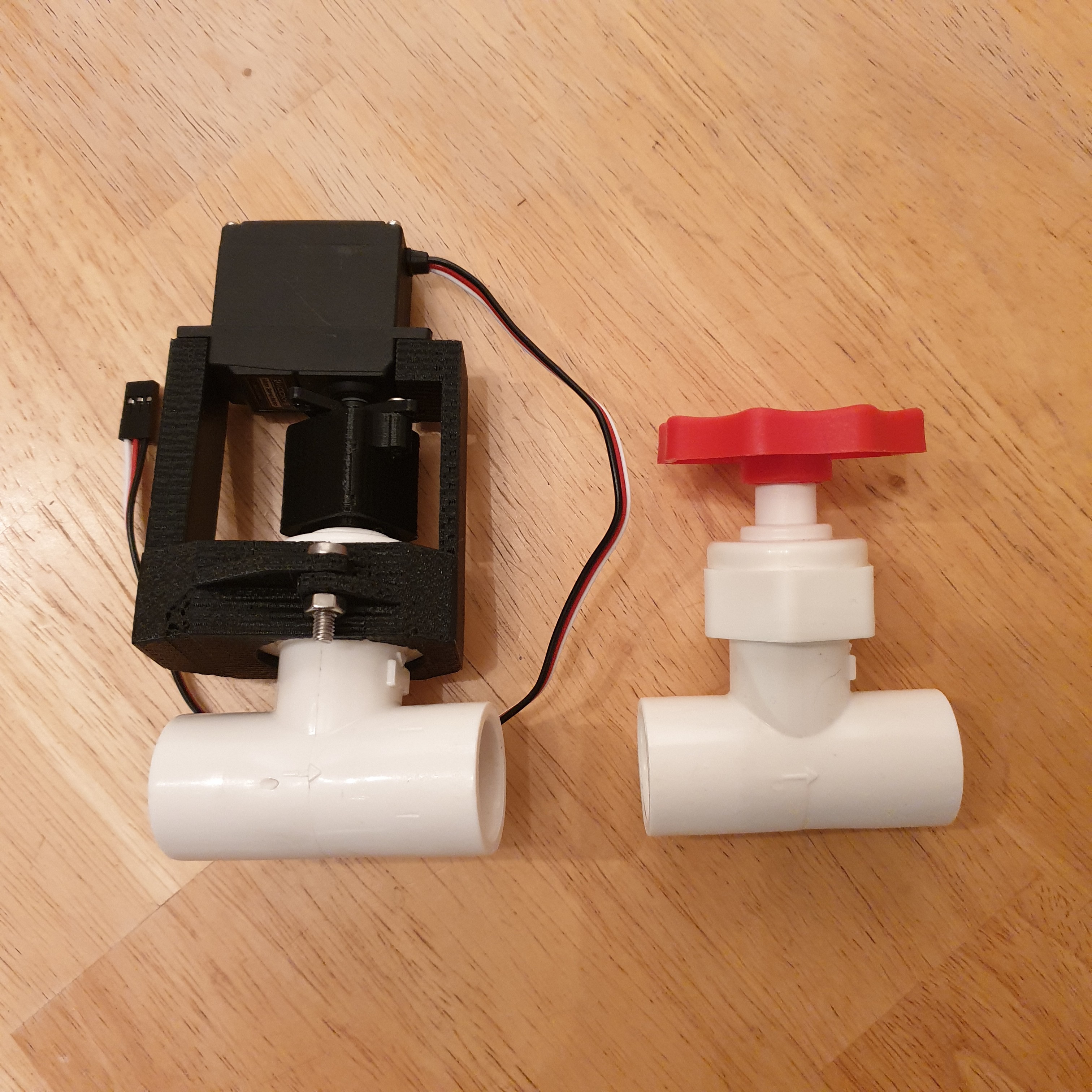
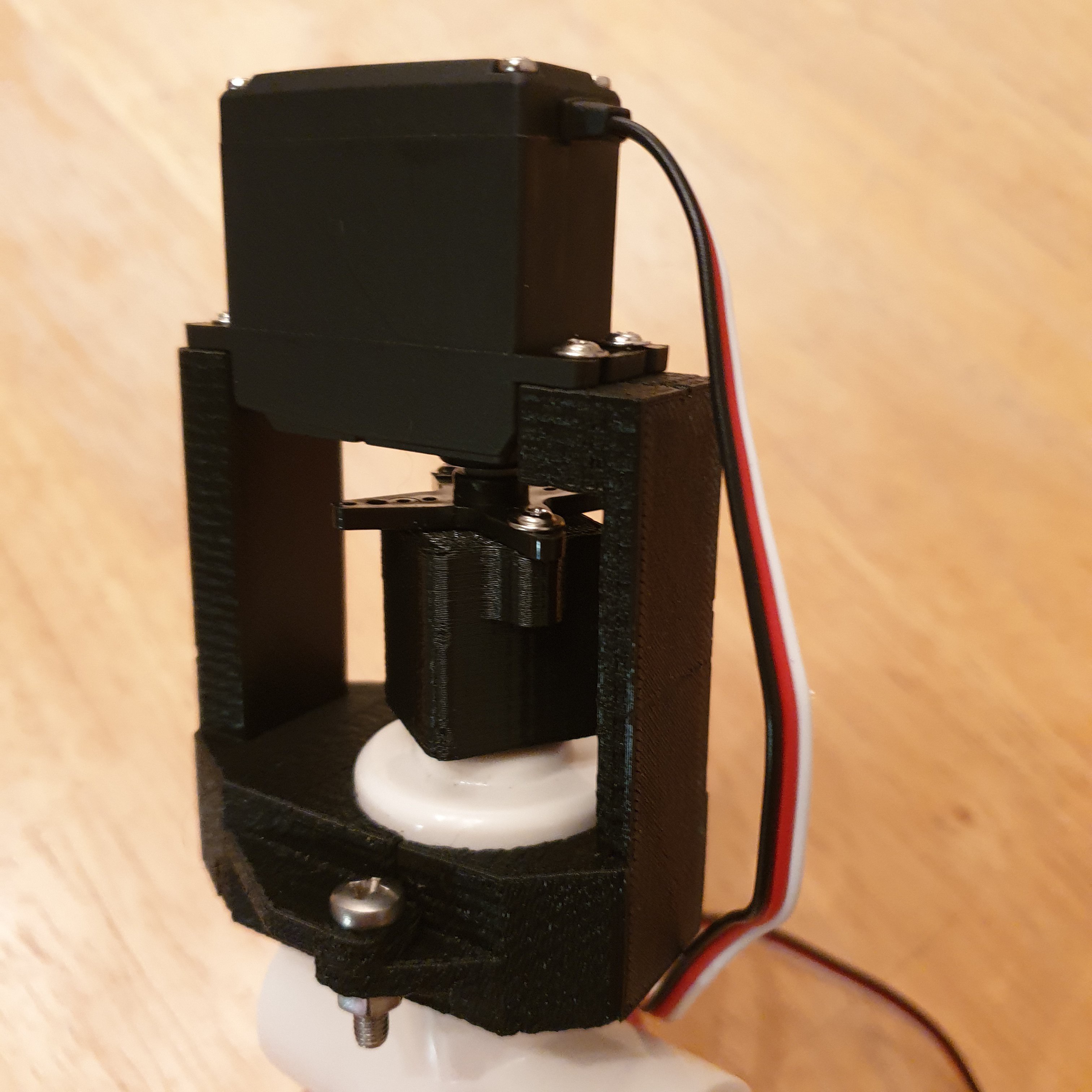
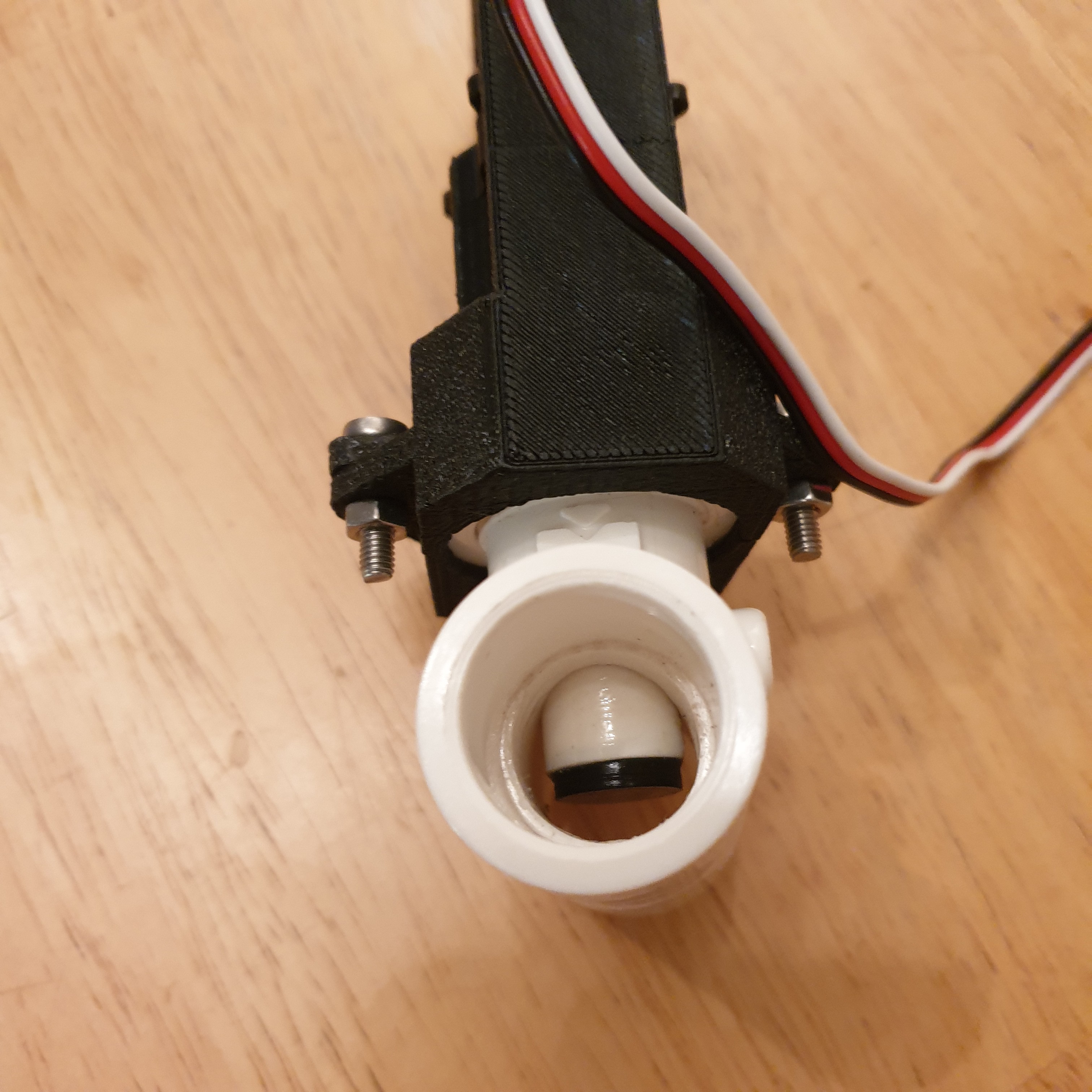
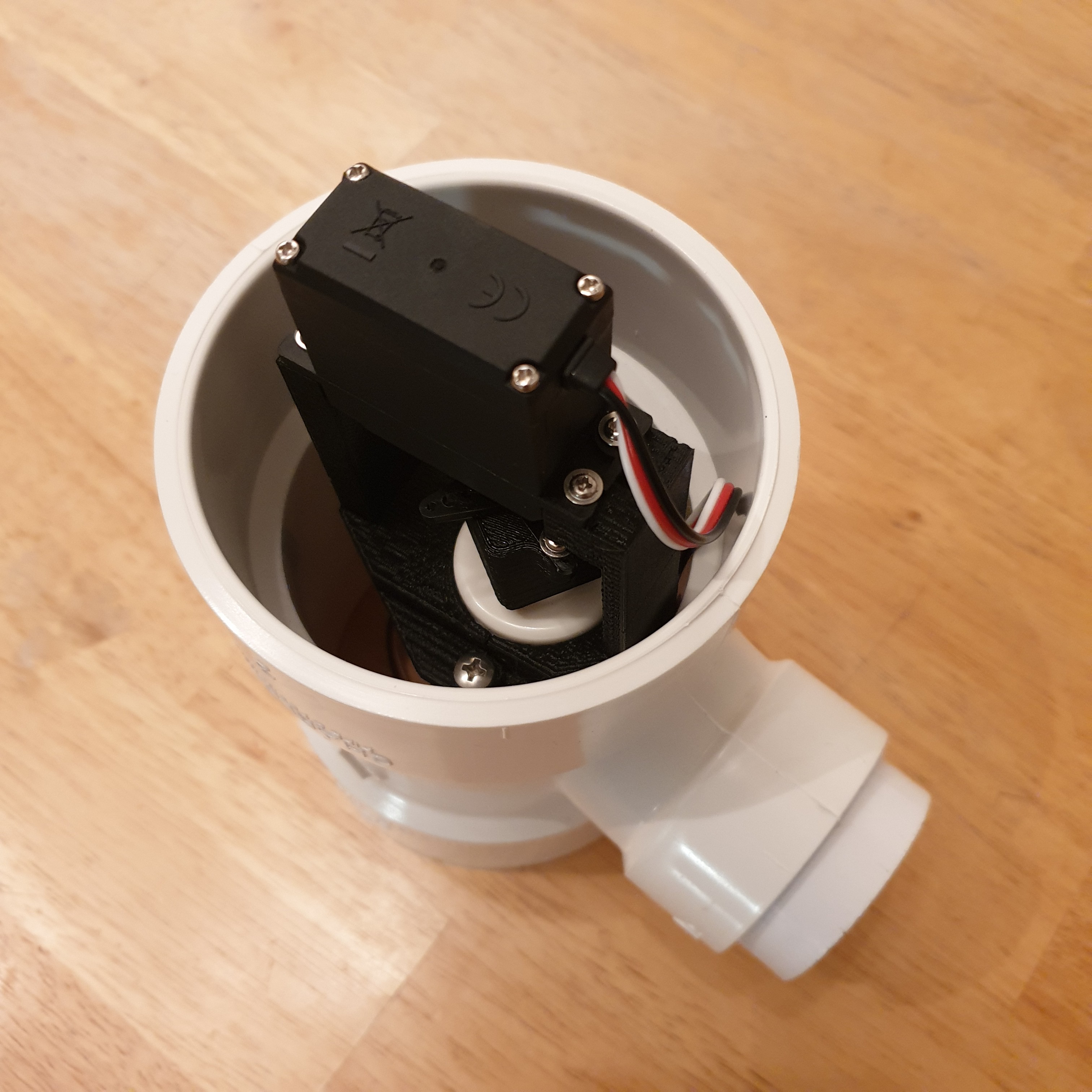
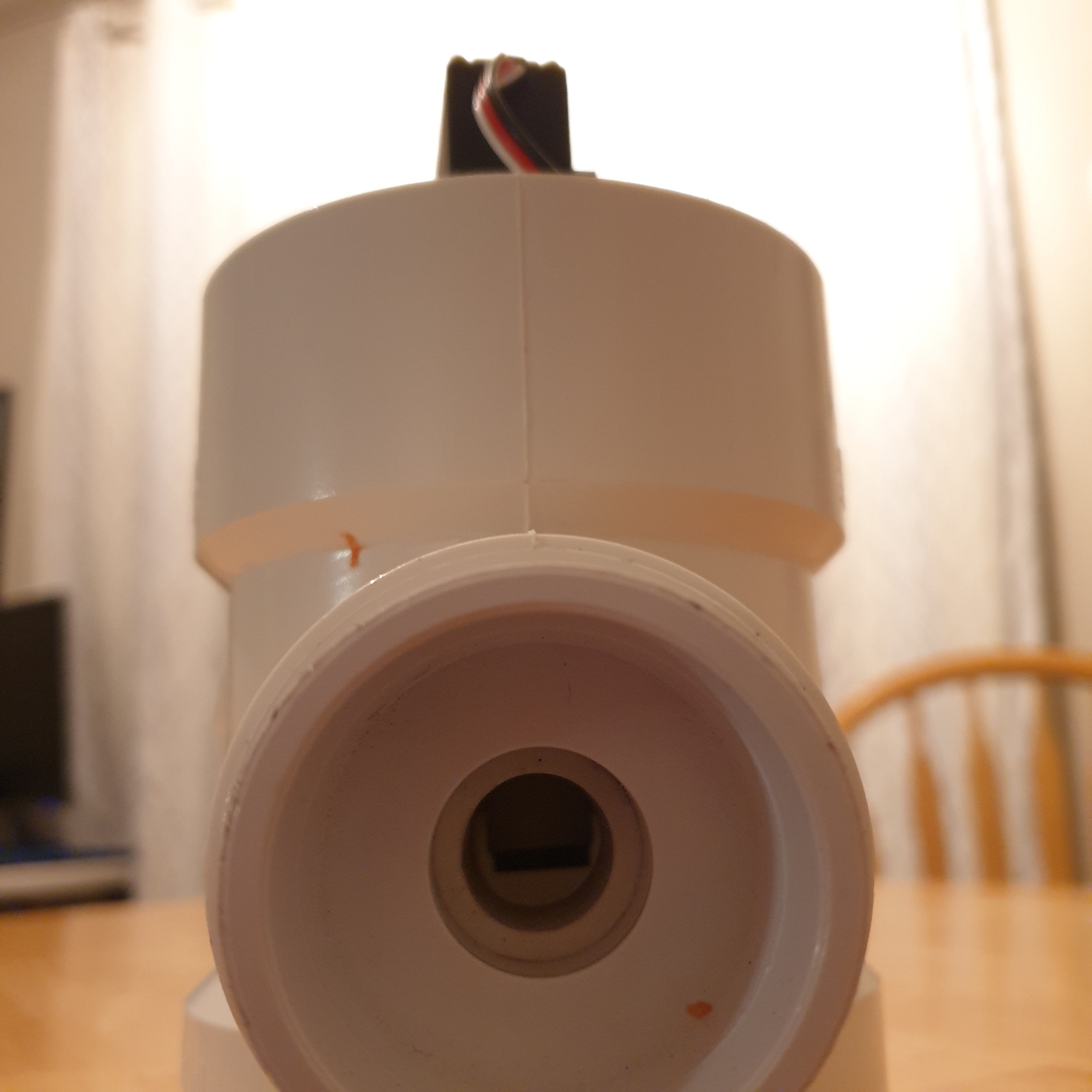
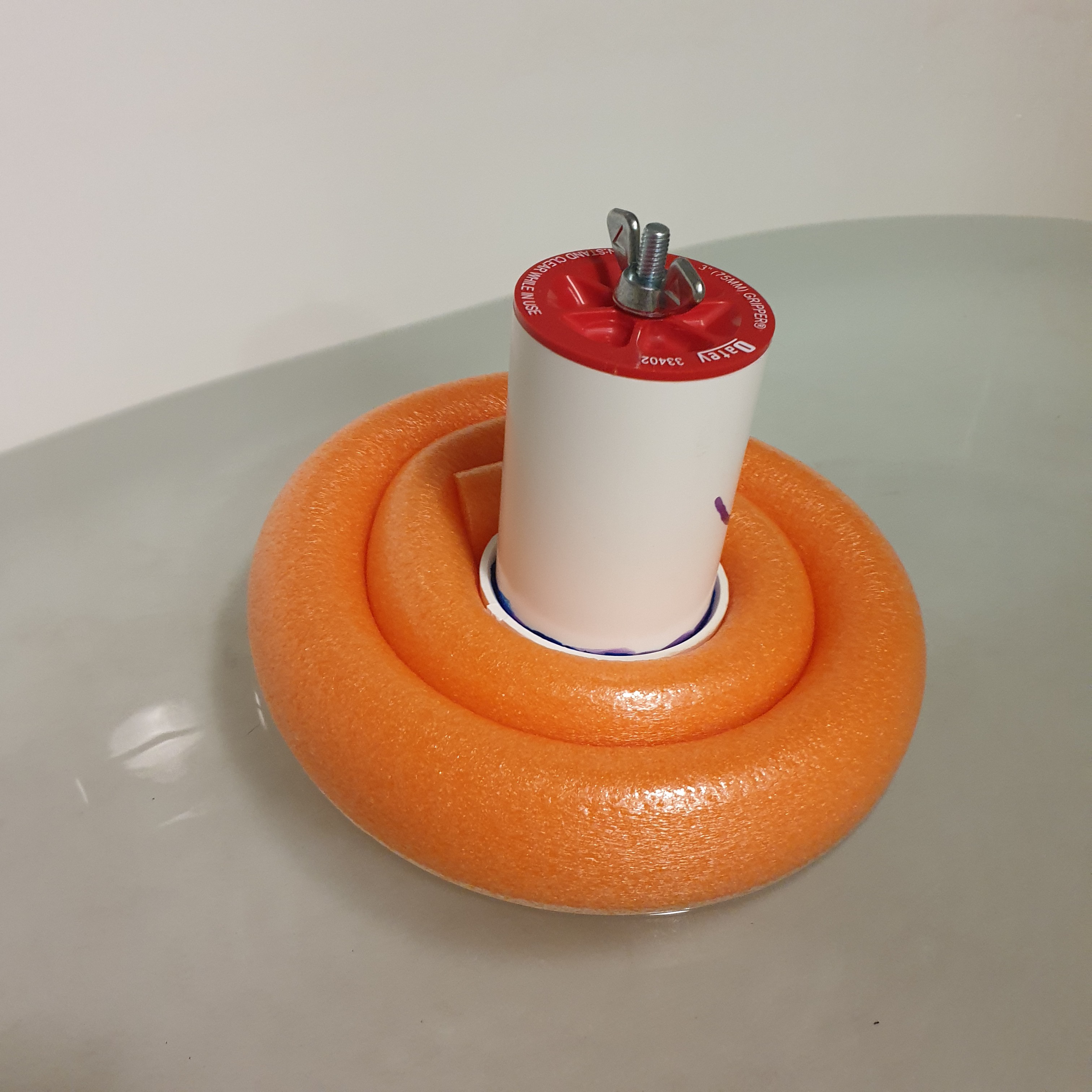
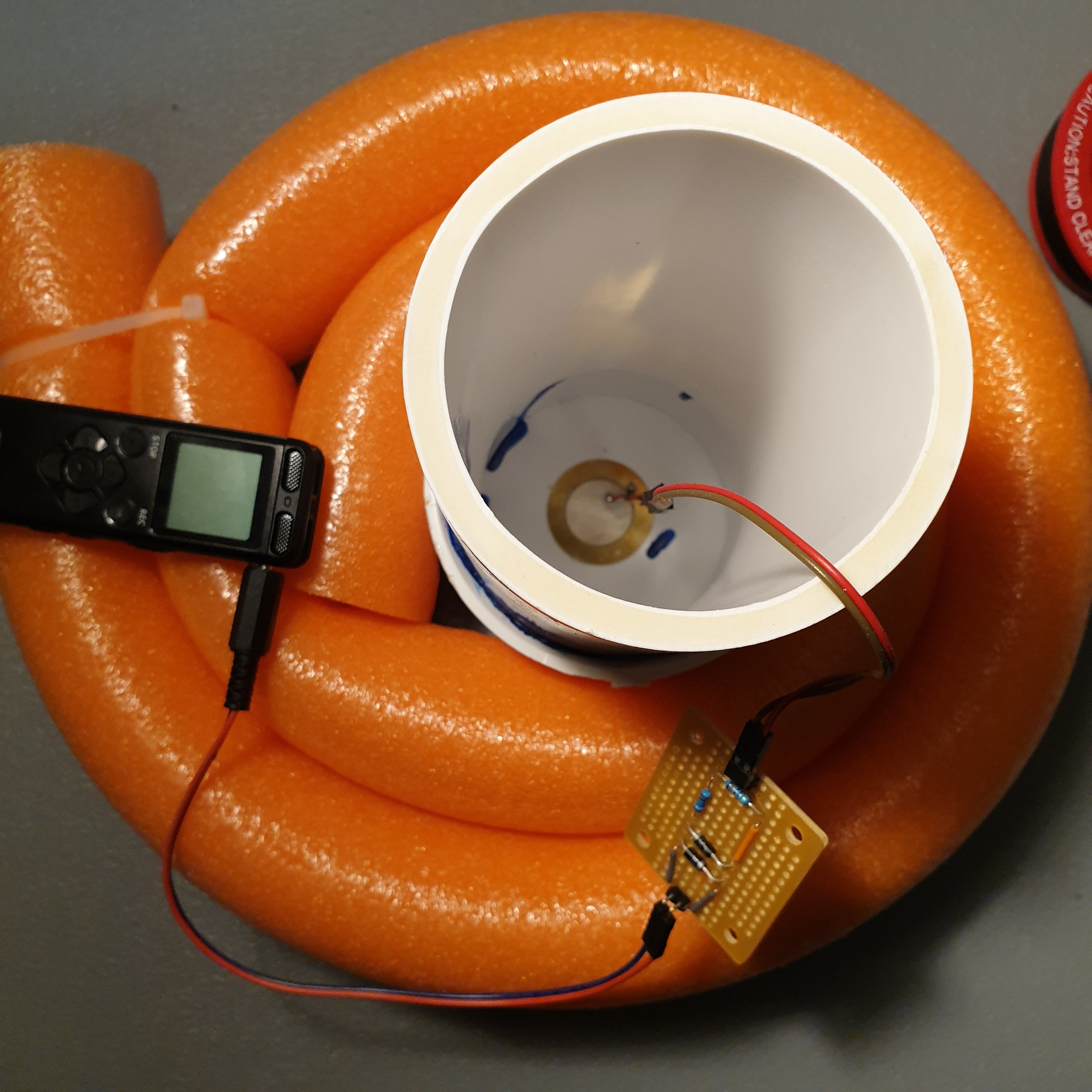
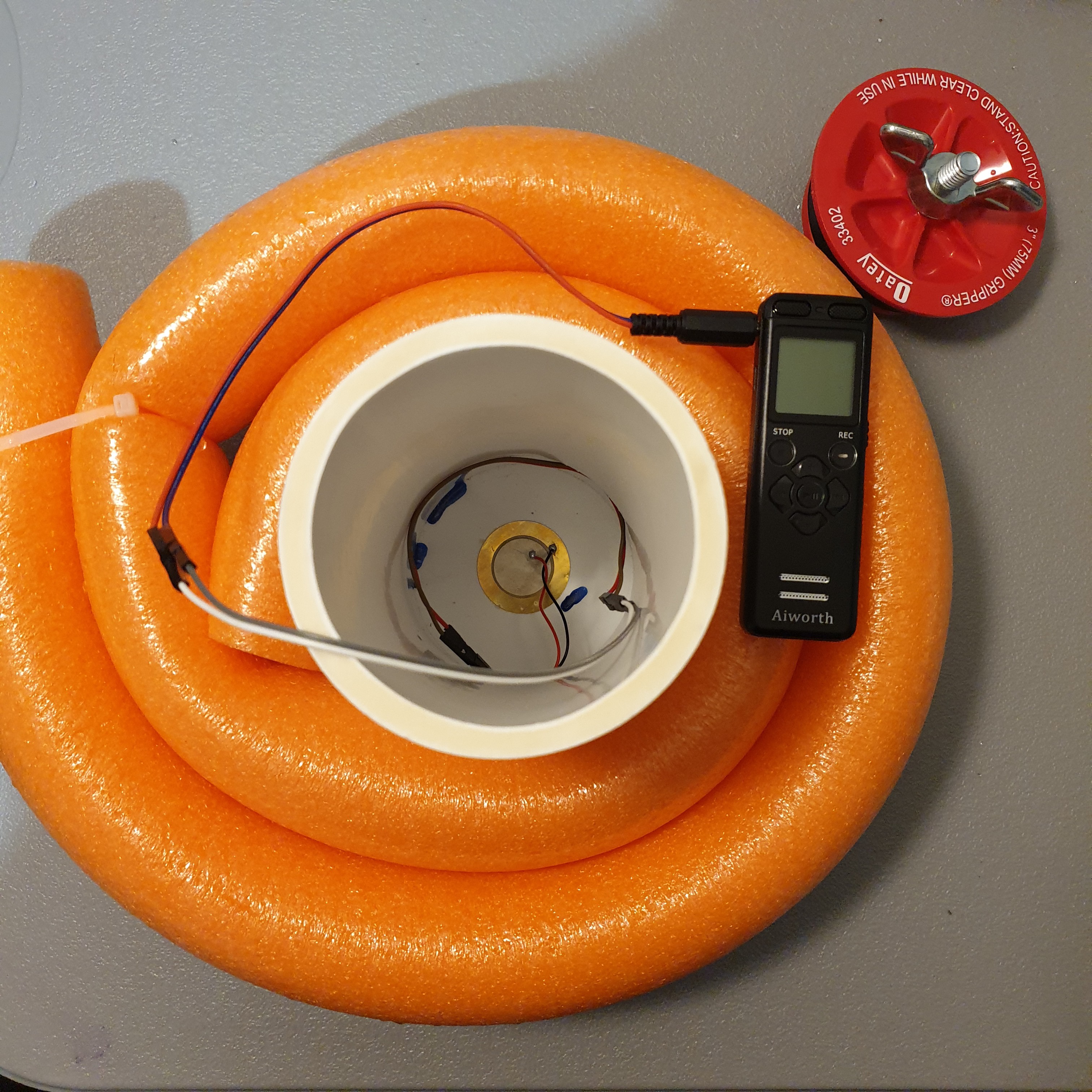
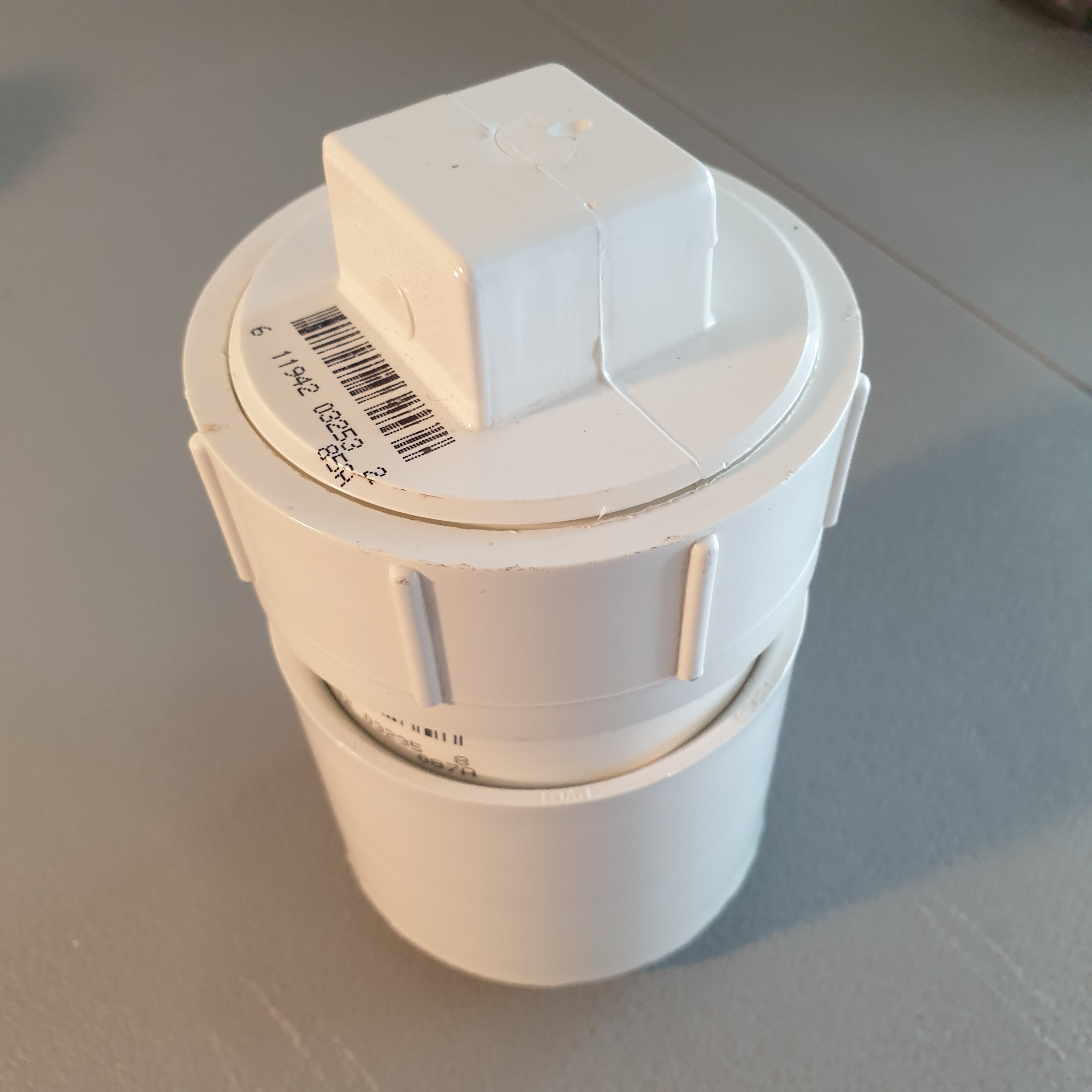
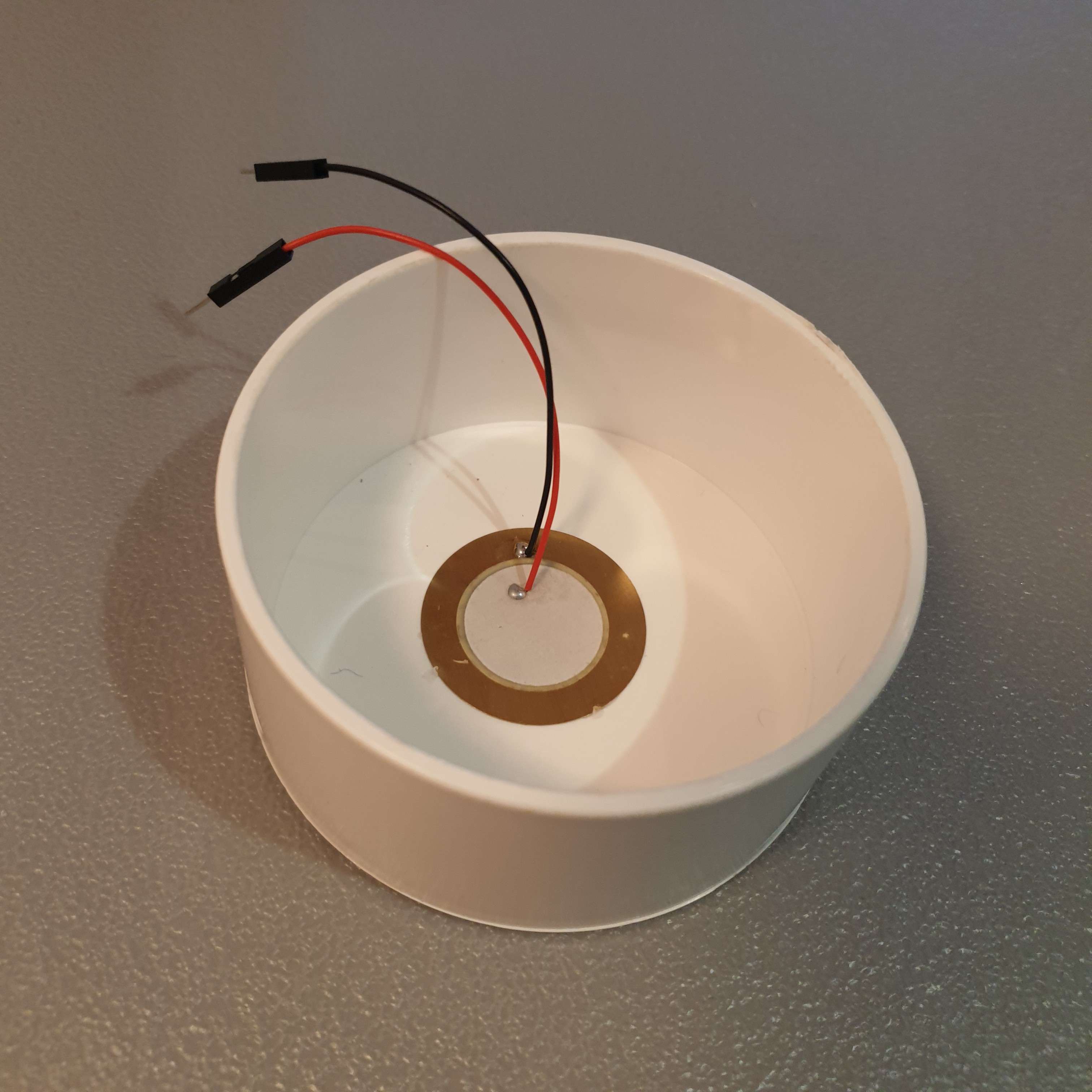
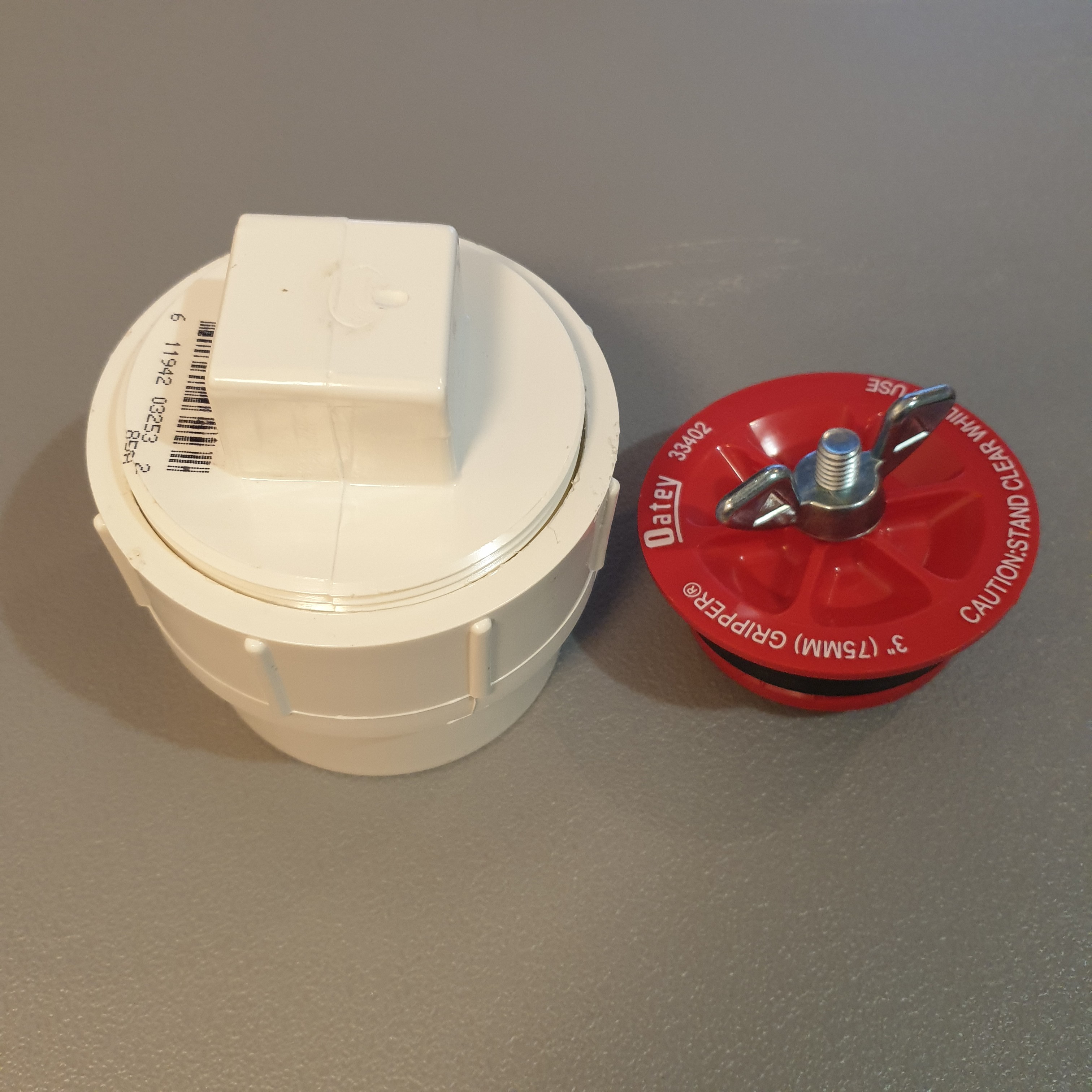
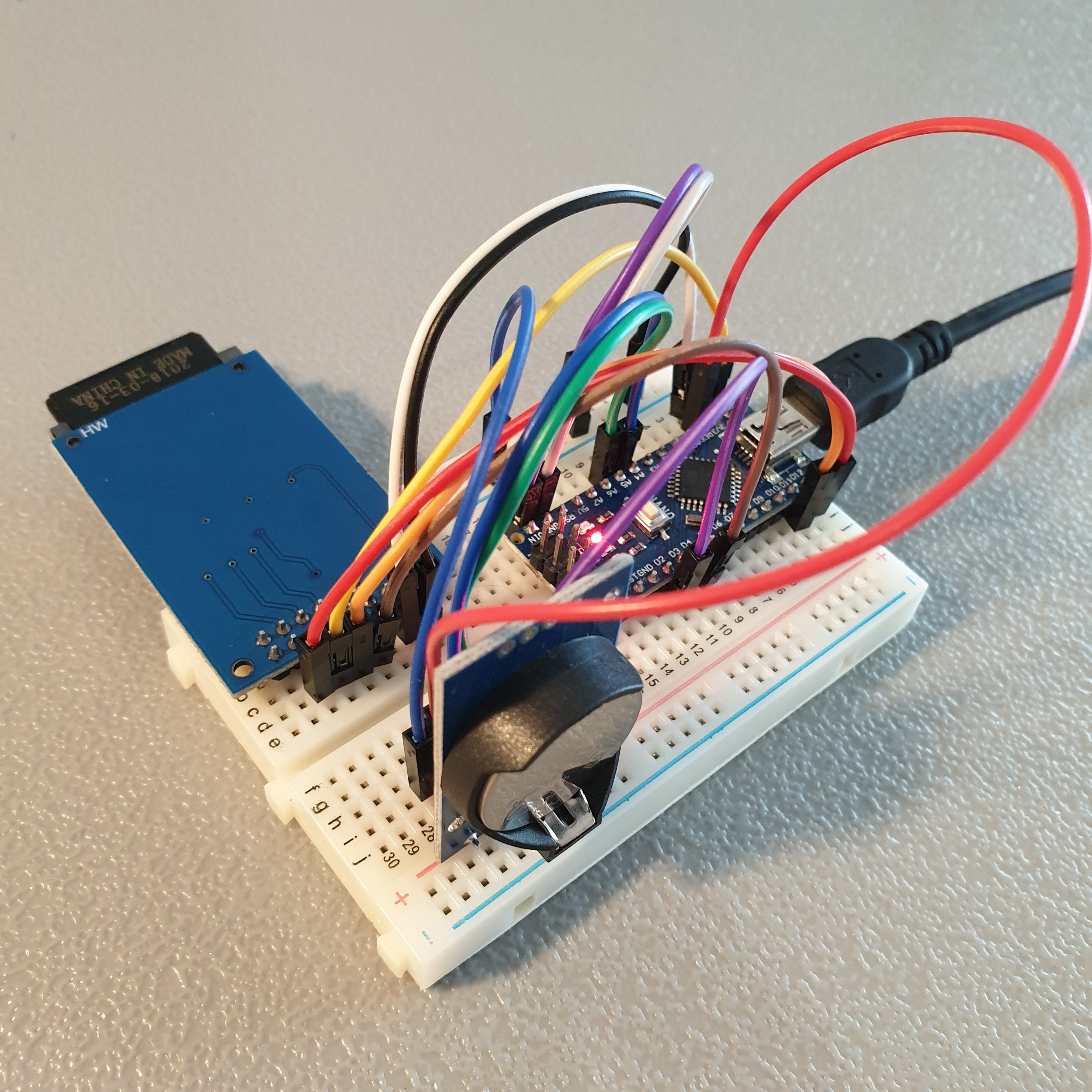
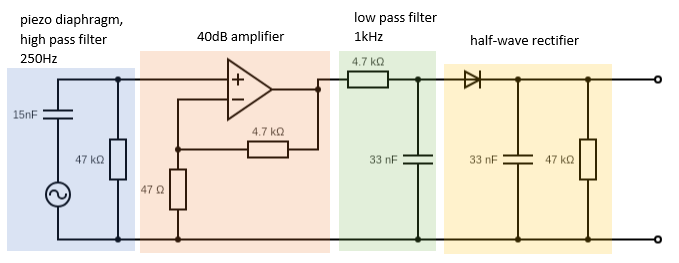
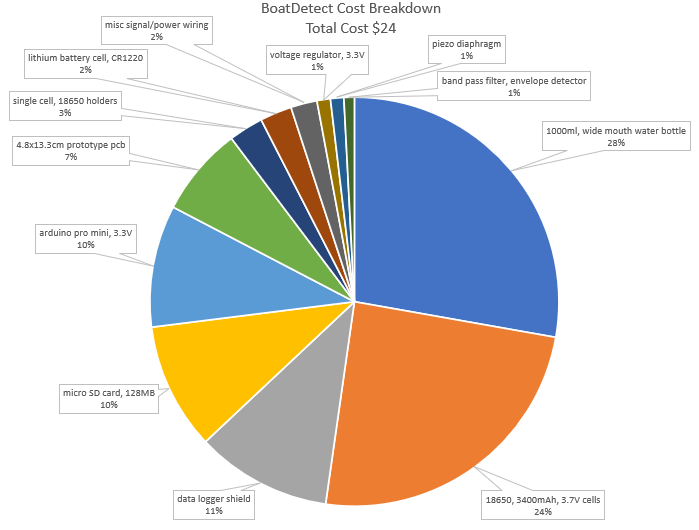





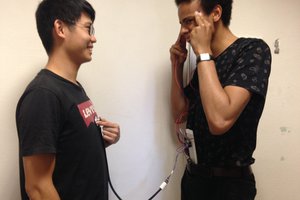
 Soglz
Soglz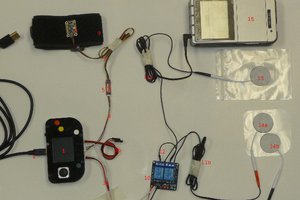
 James Kissel
James Kissel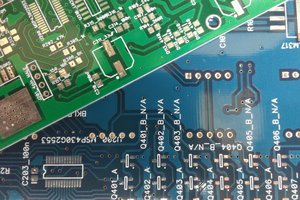
 Marius Taciuc
Marius Taciuc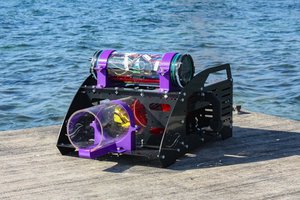
 EK
EK
I've just wrapped up a project for a more advanced prototype of what you are trying to achieve. See here: https://github.com/psiphi75/smart-buoy. I few things I found were:
- The technology is always the cheap part. It's the development, deployment, and servicing which make up 90% of our cost. Changing the battery on an underwater device requires diving equipment, boats and experienced people. Multiply that by every 2 weeks, and that's a major cost.
- Real-time data is key. You can't do much to catch anybody without real-time data.
- After having deployed a solution like this, with real-time alerts on the movement of vessels, I found that it did not tell me much. We would detect very large vessel a few kilometers away, but could only know that something is in the water, but not where. Marine protected areas tend to have well defined boundaries, using audio to know if a boat is within that boundary is extremely difficult. I believe a better solution would be a camera with thermal imaging. You will get know if it's clearly within a marine protected area or not.
- Many marine protected areas are extremely remote, think about how you would operate in them.
All that being said, I believe a solution like this can work, it would be very good to see something like this succeed.